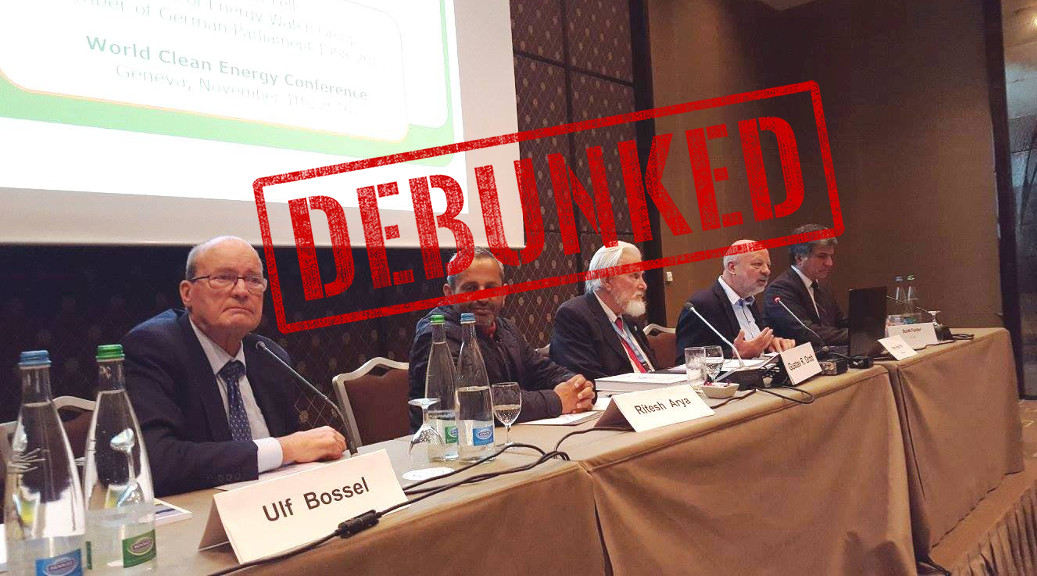Tag: DebunkingHydrogenMyths
-

The Truth About Blue Hydrogen
Blue hydrogen is a net zero way of making hydrogen for cars, trucks, boats, ammonia, or anything for that matter. This means a lot of energy produced with no CO2, NOx, SOx, or particulate emissions. Recently some big announcements came out about blue hydrogen investments in Edmonton & Louisiana. These big announcements prompted anti-hydrogen critics…
-

100% Renewable Energy: Hydrogen Refueling -vs- Superchargers
It’s just past the 3 year anniversary of Elon Musk saying “All Superchargers are being converted to solar/battery power. Over time, almost all will disconnect from the electricity grid.” Since the Tesla CEO’s tweet on 6/9/2017 there are still zero off-grid 100% renewable Tesla Superchargers. Even though there are fewer hydrogen stations than BEV charging…
-

Debunking Dr. Bossel’s Anti-Hydrogen Thesis
In this post RMP debunks Dr. Ulf Bossel’s anti-hydrogen thesis that has been propagated for years and was even published as recent as October 26, 2017 by Electrek. Dr. Bossel’s thesis says that making hydrogen is wasteful but ironically terawatt hours of electricity are being curtailed or wasted because we are not using that energy…